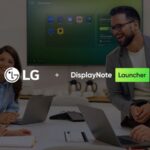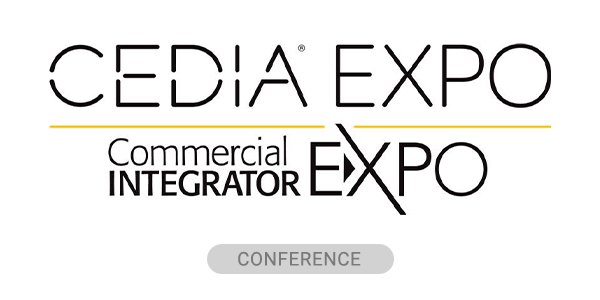In the past few years, the concept of artificial intelligence (AI) for task automation within the AV industry has transformed from a hyped technology of the future to one that is becoming a standard input into how AV equipment is designed, commissioned, installed, and managed across the entire AV value chain from manufacturers to installers, IT teams and end users.
Take the corporate conference room. Facilitating the traditional conference rooms transformation into the key location for conducting hybrid work are new technologies fueled by AI. No longer are AV installs anchored by a showpiece boardroom; rather, these days they often include dozens, if not hundreds, of AV conference room spaces at the heart of effective hybrid work scenarios.
The principal components that comprise the conferencing AV setup — including microphones, loudspeakers and video cameras — will still be required, but the integrator now must bring all the components together in a way that creates a similar, effective experience no matter where participants are located. In essence, installation teams can create and improve upon install standardization via AI and other intelligent solutions.
Utilizing the above conference room example, AI-based software today can detect all the connected AV components, including the typical microphones, speakers, and other peripherals, then measure that room’s current performance to intelligently configure and tune each component.
By combining existing signal processing algorithms with AI optimization and predictive analysis, software can now do much of the heavy lifting. These tools help installers rapidly configure installs to the specific needs of the end users without fuss and in less time. This is accomplished without the need for custom programming while also generating a report to validate the final room performance for the IT team. Furthermore, it can serve as a performance benchmark for troubleshooting.
With automation technology firmly entrenched in the conference room environment, those automation principals are also making their way into larger and more complex types of AV installations. After all, the value of automation is to enhance the human experience and make complicated aspects of AV much easier to design, deploy, commission and manage.
Related: Generative AI: The Modern-Day Gold Rush
The Expanding Role of Automation
To create that high-quality experience without sacrificing efficiency, automation for integrators specifically is focused on speeding up the design, installation and the commissioning without sacrificing a quality experience for the end user. This allows integrators to achieve more scale — the ability to do more installations easily in less time and with less labor. As a result, integrators are rethinking how they charge for their services, focusing on charging per room or installation versus by the hour. This way, the integrator is incentivized to do more installs as quickly as possible so they can move on to the next job, making automation tools that leverage AI capabilities critical to the new business model.
Automation also empowers integrators to deliver a better end-user experience for the same price as something that requires customized programming, but one that is configured in significantly less time. Finally, the increased efficiency and speed of deployment realized through automation will provide more opportunities for referrals and repeat business than ever before.
Deployments therefore become more consistent and predictable for installers to manage. After all, when integrators can deliver premium-sounding rooms faster and more effectively, AI-based automatic setup features can also help alleviate staffing shortages while enabling integrators to keep more experienced and qualified programmers on the most complex and profitable jobs.
In the future, AI will also provide greater support services once a system is up and running. That may include self-healing, whereby AI is able to detect a given issue and then solve it without human intervention, providing greater reliability and performance over the long term.
Ultimately, those integrators that can adapt to the changes AI automation is bringing the industry will thrive. Although AI may appear to cut into labor markup and barriers to entry for installation in the short term, equipment that is easy to install, configure, use and customize at volume through automation will gain preference at the expense of the more complex and hard-to-use solutions of yesteryear.
Joe Andrulis is EVP of Corporate Development at Biamp.










